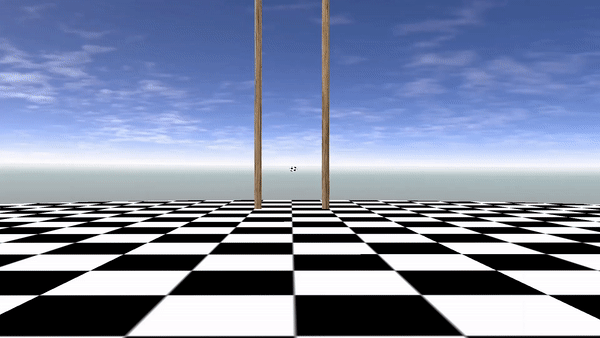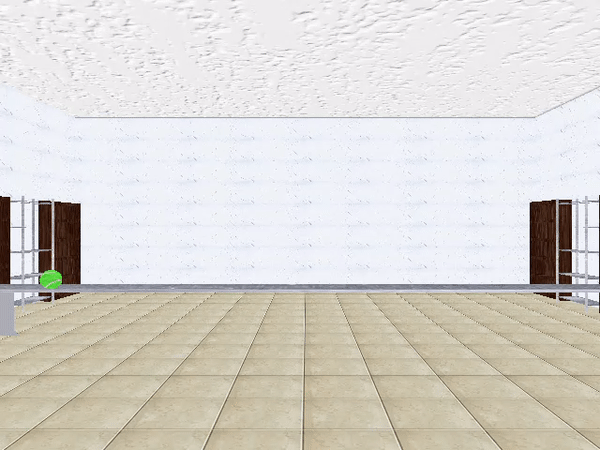Current projects
3D Motion Perception

You can find my very first paper about this topic here.
Optic Flow

So far, the study of the optic flow has been dominated by the
ecological perspective. This current of thought postulates that although
a problem can be specified in infinite ways, when certain parameters
remain stable (e.g. fixed size), the amount of possible solutions to the
same problem is reduced for a few mathematically formalized solutions.
A paradigmatic example is the Tau model (\(\tau\)), which directly specifies the
remaining time to contact as the ratio between size and expansion rate.
However, an increasing body of research has shown that interceptive
behaviour do not match with Tau’s predictions.
In our project
we aim to provide grounds for a 3D model in which known size and gravity
can calibrate the optic flow to guide sensori-motor decisions.
Since it is the subject of my doctoral thesis, it is the main active
project of my career under the supervision of Joan López-Moliner
Air Drag representation

When we make a prediction about the future state of an object, we not
only take into account its physical properties (weight, size, speed,
shape or texture), we also use the properties of the environment in
which the action occurs (gravitational acceleration or lighting
direction).
At the present time we know that the human relies
on a strong gravity prior to estimate an object’s motion. However, the
dynamic effect of air drag is an unexplored area. To our knowledge,
there is a gap in the literature about whether the human being uses a
representation of air resistance to make predictions about the position,
contact time or instead uses instantaneous speed to perform such
predictions.
To find out if this physical variable is taken
into account, Björn
Jorges , our supervisor Joan López-Moliner and I
are preparing a set of experiments.